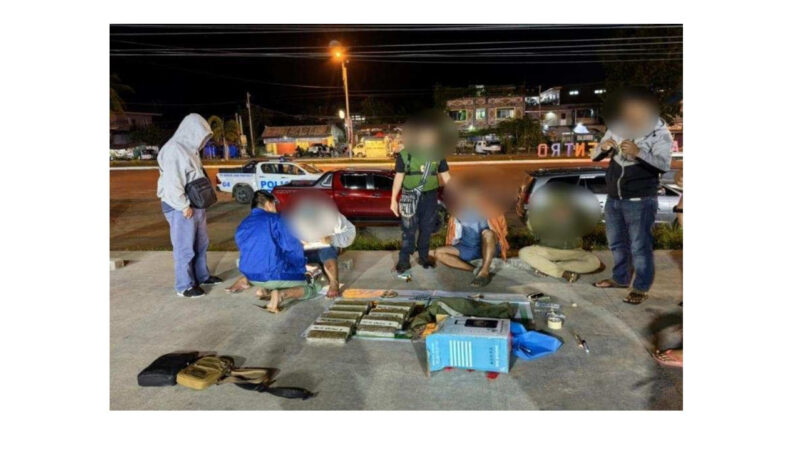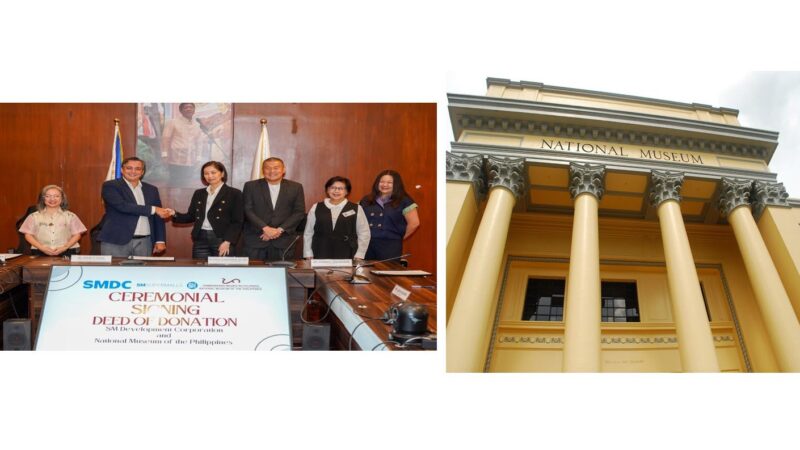Media practitioners nudged for crucial role in anti-illegal drug operations

THREE-WITNESS RULE. DOJ-R1 assistant regional prosecutor John Carlo Carantes affirms the significance of media representatives’ presence being one of the three witnesses required by law when conducting buy-bust operations and says, “they are the guardians of justice and peace”, during a press conference in observance of this year’s International Day Against Drug Abuse and Illicit Trafficking (IDADAIT) on June 27, 2022, in Baguio City. (Photo by Merriam del Rosario/FNS)
BAGUIO CITY— The law has laid down the procedure that every law enforcement operative must follow when implementing a search warrant or buy-bust operation to disprove any doubt as to the source, identity, and integrity of confiscated drugs used as evidence.
Section 21 of RA 9165 otherwise known as the “Comprehensive Dangerous Drugs Act of 2002” requires the presence of three witnesses: (1) an elected public official, (2) a representative from the Department of Justice (DOJ), and (3) a representative from the media.
The provision also requires the apprehending team to conduct a physical inventory of the seized items and the photographing of the same immediately after seizure and confiscation, and that the said inventory must be done in the presence of the aforementioned required witnesses, all of whom shall be required to sign the copies of the inventory and be given a copy thereof.
According to excerpts of actual cases decided by the Supreme Court, “The presence of the three witnesses must be secured not only during the inventory but more importantly at the time of the warrantless arrest.
It is at this point in which the presence of the three witnesses is most needed, as it is their presence at the time of seizure and confiscation that would belie any doubt as to the source, identity, and integrity of the seized drug.
If the buy-bust operation is legitimately conducted, the presence of the insulating witnesses would also controvert the usual defense of frame-up as the witnesses would be able to testify that the buy-bust operation and inventory of the seized drugs were done in their presence in accordance with Section 21 of RA 9165.” (Abilla v. People)
“Compliance with the rule on chain of custody over the confiscated illegal drugs is crucial in any prosecution that follows a buy-bust operation.” (People v. Tanes)
DOJ-R1 assistant regional prosecutor John Carlo Carantes in an interview over the weekend said that the three witnesses must be present during trial to testify on the circumstances of their presence during the operation, and should be present during hearings to identify their signatures on the inventory of the seized drugs.
“The objective of requiring their presence during buy-bust operation and at the time of recovery or confiscation of the dangerous drugs from the accused in the area of operation is to ensure against the planting of evidence and frame-up,” Carantes said.
According to Carantes, non-compliance with the three-witness rule required by law does not necessarily render void the seizure and custody of the illegal drugs, but the prosecutor must prove that there is a justifiable ground for the non-compliance.
“Kaya kung absent si media representative during the hearing pero nakapag-sign siya sa inventory, kailangan na may magandang explanation si media representative kung bakit hindi siya nag-aappear sa hearing,” Carantes said.
Carantes also said that if the absence of the media representative during the hearing is not justified, it may be a ground for acquittal of the accused, depending on the totality of the facts of the case.
“Kaya my advice is, as much as possible, dapat mag-attend ng hearing si media representative para makumpleto talaga ang evidence ng prosecution, which will help secure a conviction for the government,” Carantes said. # Merriam del Rosario // FNS







